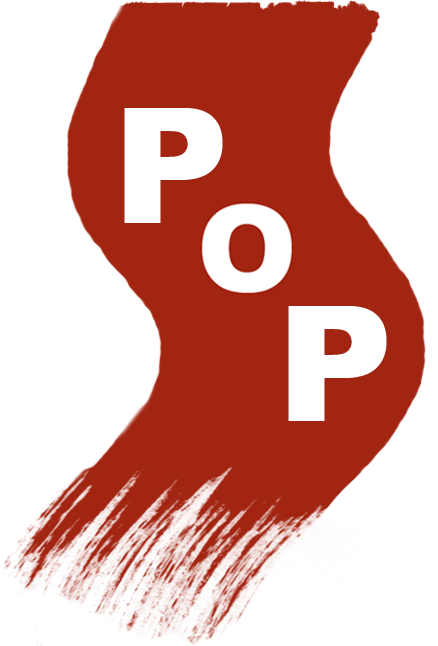Sarah Davidson on Otto Marseus van Schrieck
Otto Marseus van Schrieck, Still Life with Poppy, Insects, and Reptiles, 1670, oil on canvas, 26 7/8 x 20 3/4 in. (68.3 x 52.7 cm)
I encountered Otto Marseus van Schrieck’s Still Life with Poppy, Insects, and Reptiles by accident when it was on view at the Met beside some otherwise innocuous-looking flower paintings. But this painting struck me, disguised behind the trope of a central floral figure, as more of a paean to the forest floor than a conventional still life. The action here is on the ground (which is how van Schrieck earned the nickname ‘the snuffler’ for his tendency to root around in the dirt). A world of snails, mushrooms, and lizards fades into and out of view beneath the central poppy, enmeshed in shimmery roots. Like the rest of the picture, these tiny details are both delicately painted and ambiguously menacing.
This painting led me down a new trail of seventeenth-century science research. I’d previously studied the drawings and paintings by another insect-obsessed artist of the era, Maria Sibylla Merian. Like Merian, van Schrieck was preoccupied with insects, lizards, and toads. Also like Merian, he was enmeshed in the brutality of European science at that time. He kept many of his subjects as pets, and was known to press butterfly wings into his paintings to get the patterns of their wings just right. More broadly, the kind of amateur research he engaged in assumed the primacy of the human perspective, Western notions of progress, and a need to categorize non-human life into neat slots. His methods embody all of this; the snakes in van Schriek’s paintings are often curly like ringlets because he wrapped them around his maul stick to get a close look at their scales while he painted.
I’m equally fascinated and repulsed by this type of painting (and it’s not the subject matter; I too love reptiles and bugs). While he was lauded at the time for working from direct observation, van Schrieck bent nature to fit his vision of it, imposing an order born of still life conventions and colonial thinking. In Still Life with Poppy, Insects, and Reptiles, each critter is arranged just so; a huge snail perches weightlessly on a leaf, a snake’s head emerges handily from nothing, a trio of tiny butterflies appears almost evenly spaced, all of them sprinkled neatly across a dark ground. His compositional strategies reverberated beyond his own time: the weird flatness of his renderings – with creepy protagonists illuminated against a dark ground – appears centuries later in butterfly and bird paintings by Martin Johnson Heade.
Martin Johnson Heade, Blue Morpho Butterfly, oil on canvas, 12.2 x 10 in, 1864
I think it’s fascinating to think about how the selective framing in van Schrieck’s painting was also reflective of a scientific worldview that continues to reverberate. I worked as a ‘nature’ guide for many years. And, while I often draw from observation, the more I’ve learned about the history of ‘nature’, the more I’ve realized this sort of observational painting is wrapped up in a series of discourses that define by exclusion. The science of van Schrieck’s time, and often of our own, excludes non-Western perspectives, and anything else deemed ‘unnatural’, like all the forms of queerness found in non-human interactions.
For my own part, this painting keeps me wondering what weird new worlds might appear if we investigated ‘nature’ from a position within it, both conceptually and compositionally. If, in van Schriek’s view, meshy roots are a decorative frame for snake drama, I’d like to know what happens when they become the main subject, and the drama in question is how scientific illustration has shaped the way we view ourselves.
Sarah Davidson, Brushfoot, 2025, oil on panel, 15 x 25 in
Sarah Davidson, Clearwing, 2025, oil on panel, 32 x 47 in
Sarah Davidson (b.1989, Canada) lives and works in New York, NY. Making reference to a history of discourses constructing the ‘natural’ world, their paintings investigate bodies, environment, observation, and the tangled strings that bind them together.




